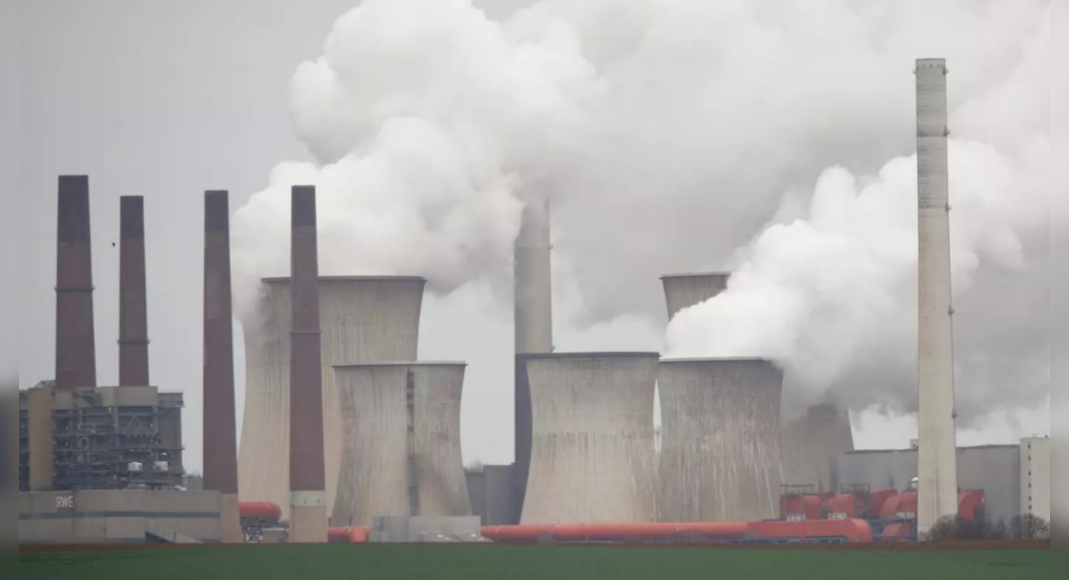India will achieve the objectives of ‘net-zero’ emissions in 2070, Prime Minister Narendra Modi announced during his speech to world leaders at the COP26 climate change summit in Glasgow on Monday.
So, what’s zero zero? Simply put, net-zero means that greenhouse gas emissions are pumped into the atmosphere by humans need to be balanced with the creation of new carbon sinks (such as forests) to absorb the equal number.
Scientists say global emissions need to be roughly half in 2030 and achieve ‘net-zero’ in 2050.
Most countries have agreed to the time limit of 2050.
China aims to achieve the goal in 2060.
Experts say achieving emissions’ net-zero ‘It is important because it is the best way to overcome climate change by reducing global warming.
The steps taken to limit emissions over the next decade will be very important for the future.
There are two basic steps that must be implemented simultaneously to achieve net-zero goals.
The first is to reduce our emissions to send to the atmosphere, from activities such as industrial processes, power plants, transportation and intensive agriculture.
The second is to remove greenhouse gas emissions from the atmosphere, for example by capturing carbon made during the industry process before being released, or planting more trees.







